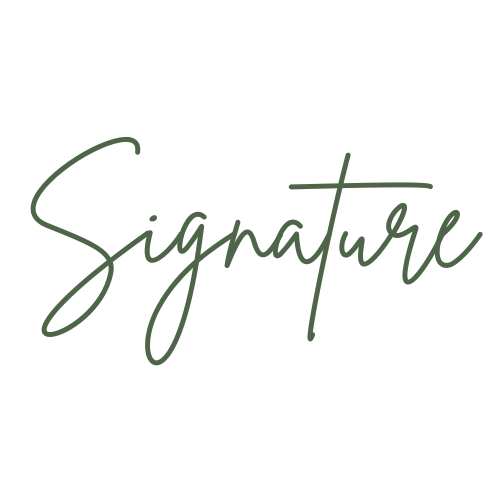Marc Chagall Authentication
Marc Chagall, one of the most celebrated artists of the 20th century, is renowned for his dreamlike compositions, vibrant use of color, and whimsical depictions of life and fantasy. Born in 1887 in Vitebsk, Russia (now Belarus), Chagall’s early experiences of Jewish village life and folklore deeply influenced his work. His art blends elements of Eastern European Jewish traditions with modernist movements such as Cubism, Surrealism, and Expressionism, creating a distinctive, emotive style. His most iconic works—featuring floating figures, animals and mystical themes—such as I and the Village and The Fiddler, reflect a blend of personal memory and imagination.
Chagall’s career took him across Russia, France and the United States, where he explored various mediums including painting, stained glass, ceramics and tapestry. His vibrant murals and stained glass windows can be found in public spaces and religious buildings around the world, including the Paris Opera House and the Cathedral of Reims. His unique combination of modernist techniques with folkloric and biblical themes made him a revered figure in art history. However, the increasing demand for Chagall’s works and his long career, which spanned several decades, have led to significant challenges related to authenticity.
The Challenge of Chagall Authentication
Authenticating works by Marc Chagall presents distinct challenges due to the artist's prolific output and the variety of mediums he employed over his career. Chagall's style evolved significantly over the decades, moving from early depictions of Russian village life to later works that incorporated surrealist and modernist elements. The sheer breadth of his work, which includes painting, drawings, prints, stained glass and tapestries, means that each piece requires careful analysis tailored to its specific medium and era.
In addition to his extensive body of work, Chagall’s worldwide fame has made him a prime target for forgeries. His recognizable style, with its playful forms, dreamlike imagery and vibrant colors, has been imitated frequently by forgers seeking to capitalize on his reputation. Many forgeries replicate Chagall’s whimsical imagery—such as floating lovers, animals and village scenes—but often lack the depth and sensitivity of the originals.
The Comité Marc Chagall, established to preserve the artist’s legacy, has been instrumental in authenticating his works. However, with the sheer volume of attributions over the years, collectors and institutions often turn to independent experts and art authentication firms like Signature to verify the legitimacy of works attributed to Chagall.
Signature’s Approach to Chagall Authentication
Authenticating a work attributed to Marc Chagall requires a deep understanding of his evolving artistic style, his use of materials and the historical context in which he worked. At Signature, we take a multi-disciplinary approach, including:
Comparative Analysis: Chagall’s artistic journey spans several decades and encompasses numerous mediums, requiring a careful comparison with authenticated works from the same period. Signature’s experts conduct detailed comparative analysis by examining the suspected work alongside verified pieces from similar periods and mediums. This includes scrutinizing key elements such as brushwork, composition and the use of recurring motifs—such as animals, lovers and biblical references—that are characteristic of Chagall’s art. His technique, especially in his later works, is often distinguished by his use of vivid color and intricate details that reveal layers of personal symbolism.
Provenance Research: Establishing the provenance, or history of ownership, of a work is essential to confirming its authenticity. At Signature, our team conducts exhaustive research to trace the ownership history of the artwork, from its original sale or exhibition to its current location. A well-documented provenance helps strengthen the legitimacy of a piece, while gaps in the ownership chain can raise concerns about its authenticity. When provenance is unclear, we delve deeper into archival records, auction catalogs and historical correspondence to piece together the artwork’s journey.
Scientific Analysis: Forensic tools play a vital role in determining whether a work attributed to Chagall is genuine. Signature employs techniques such as X-ray imaging, ultraviolet light examination and pigment analysis to assess the materials used in the artwork. These methods help identify whether the pigments, canvas or paper align with those used by Chagall during the period in which the work was supposedly created. For instance, Chagall often used specific materials during different phases of his career, and any discrepancies in the materials used would raise red flags. Our scientific analysis also examines the layers of paint and ink, ensuring that the work’s structure is consistent with Chagall’s known techniques.
The Legal and Financial Stakes of Chagall Authentication
Given the high value of Marc Chagall’s works, the stakes involved in authenticating his pieces are significant. Genuine Chagall paintings and prints can sell for millions of dollars at auction, making them a valuable asset for collectors, galleries, and institutions. Conversely, purchasing a forged or misattributed work can lead to substantial financial losses, legal disputes, and reputational damage for those involved.
Auction houses and galleries are increasingly cautious when handling works attributed to Chagall, often requiring expert authentication to ensure the piece’s legitimacy before proceeding with a sale. For collectors, owning an authenticated Chagall is not only a cultural achievement but also a secure financial investment. On the other hand, acquiring a forgery can result in legal battles and significant financial setbacks.
At Signature, we understand the financial and legal implications of art authentication, especially for high-profile artists like Chagall. Our comprehensive authentication process ensures that collectors and institutions can confidently engage in transactions involving Chagall’s works. Contact us today to learn more about how Signature can assist with Chagall authentication.

